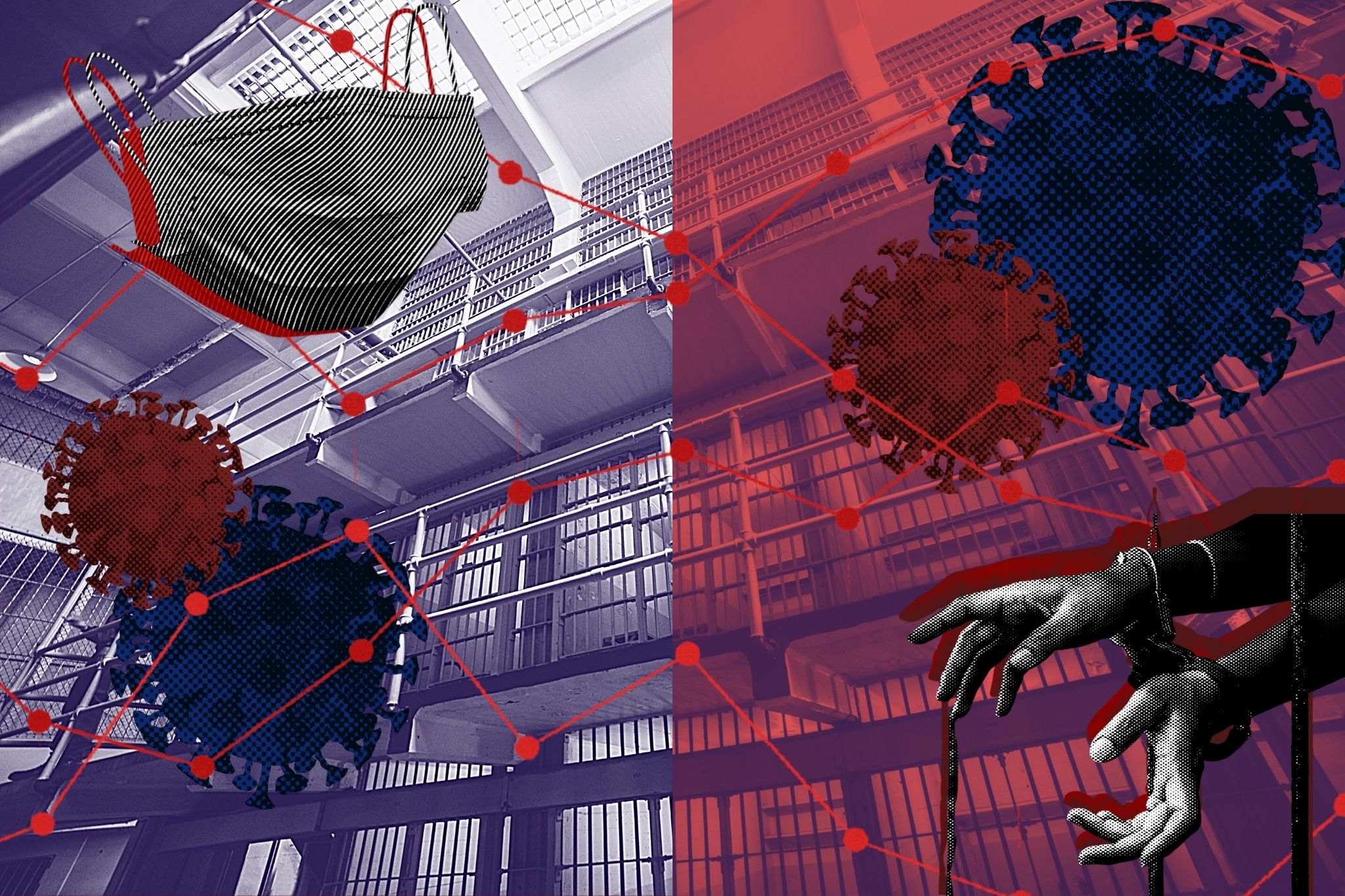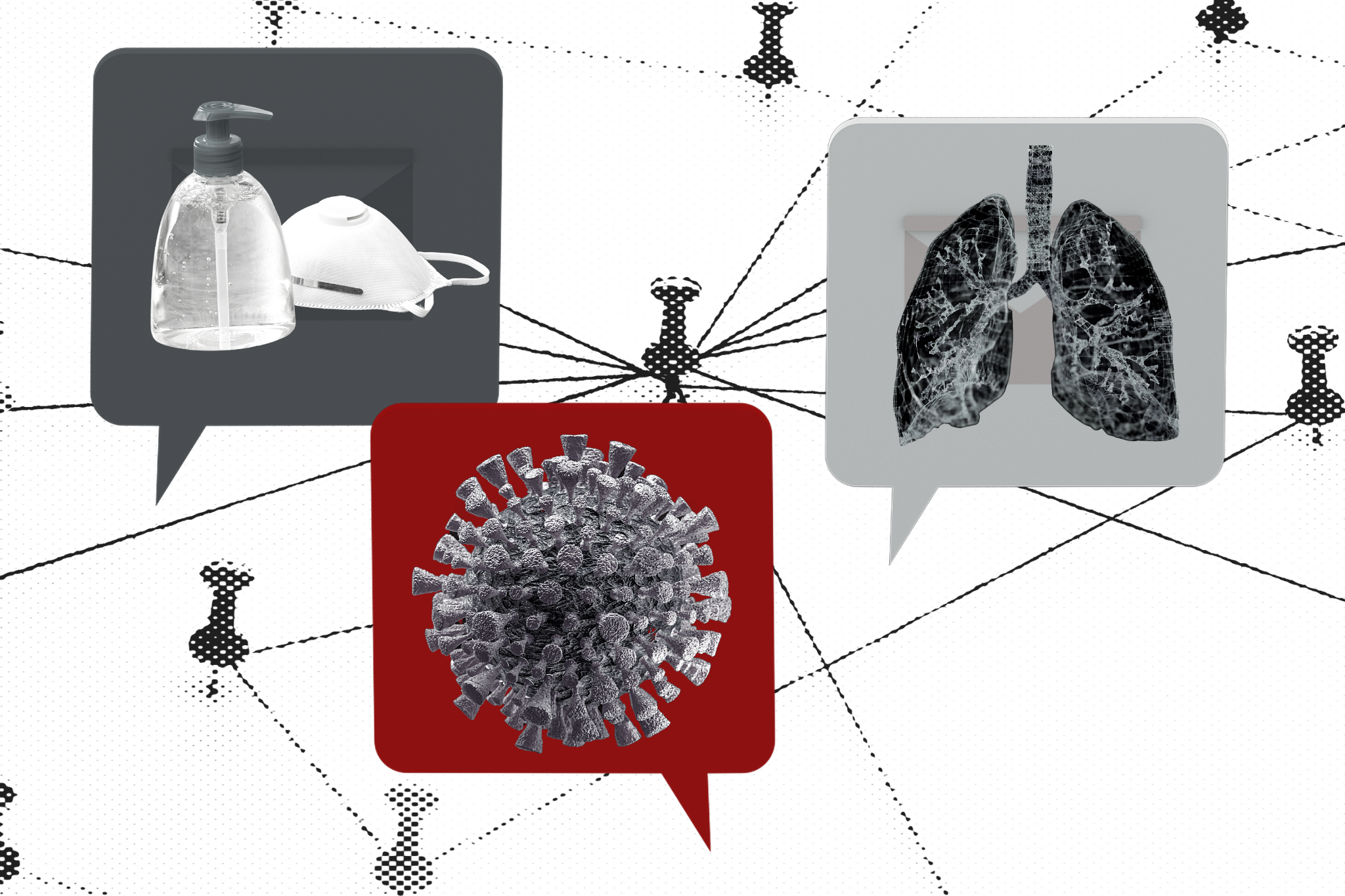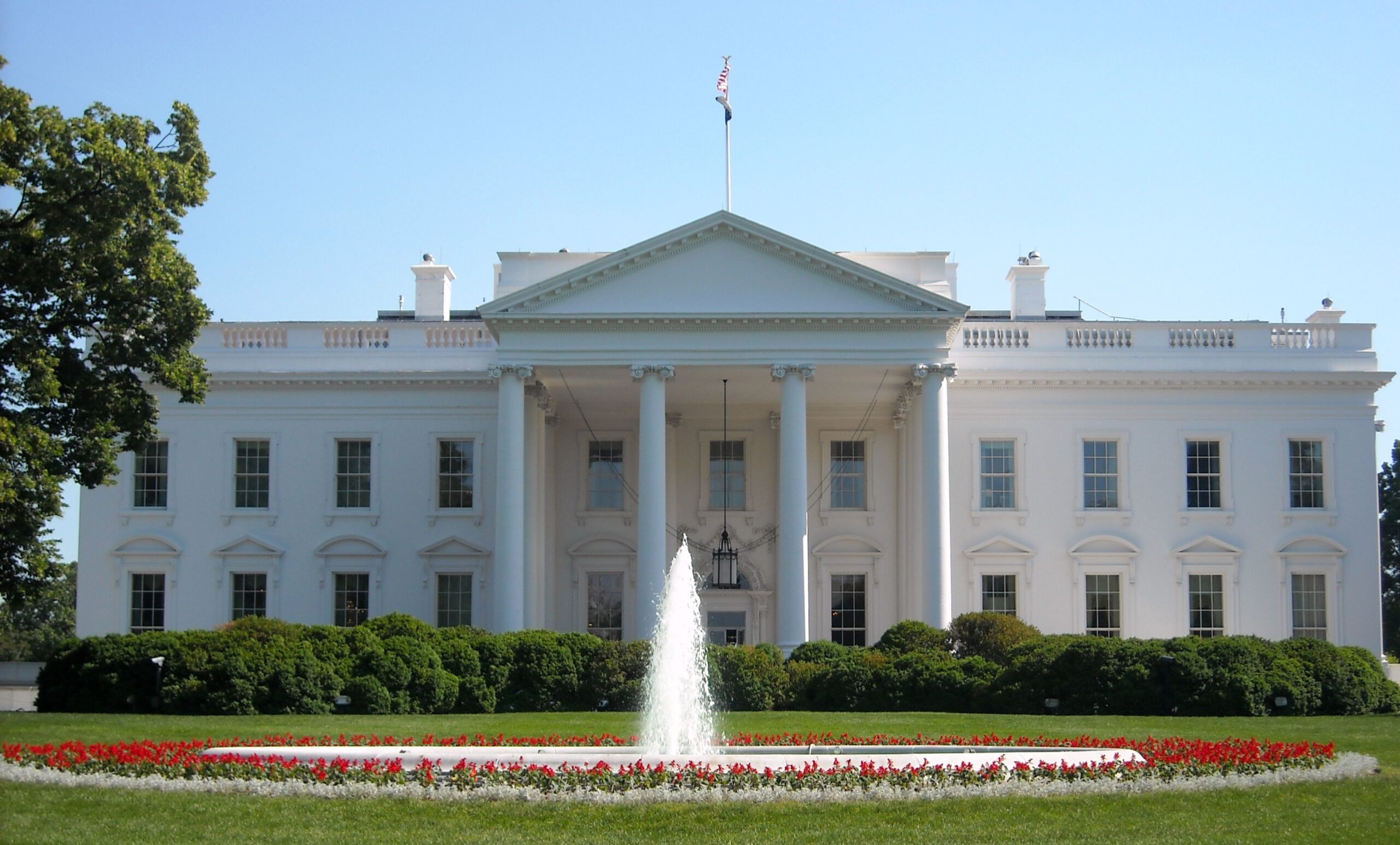
The Pandemic in Prisons
Tens of thousands of people in the prison system have tested positive for Covid-19 — all while prison officials continue to under-test and fail to take measures to ease crowded conditions. American Oversight is investigating how federal and state prison systems have responded to the pandemic.

More than 2 million Americans are in prison, where crowded conditions and limited access to health care put them at high risk of contracting an illness. But as the coronavirus pandemic spread, prison officials limited testing and kept incarcerated people tightly packed. As a result, Covid-19 outbreaks have occurred in prisons in every single state and incarcerated people are infected at a rate more than five times higher than the nation’s overall rate. According to the Marshall Project, as of mid-October, more than 150,000 incarcerated people and staff had tested positive for Covid-19, and at least 1,200 had died.
Months into the pandemic, many state prison systems still had not implemented proper coronavirus prevention measures. Though almost all states attempted to distribute masks to incarcerated people and correctional officers, by mid-August only half of them had required mask-wearing. States have also conducted extremely limited testing. According to the New York Times, in June, California had tested fewer than 7 percent of people in its prisons, while New York had tested only around 3 percent. Illinois, Mississippi, and Alabama had tested fewer than 2.5 percent of people.
Many prison officials also refused to take necessary measures that would have mitigated overcrowding and decreased the spread of Covid-19. NBC News and the Marshall Project reported that in the first three months of the pandemic, wardens approved only 156 of the 10,940 applications of federal prisoners for compassionate release. Fulfilling these requests would have had the twin benefits of decreasing overcrowding and protecting medically vulnerable persons.
In some instances, officials knowingly exposed incarcerated people to the virus. At a Bureau of Prisons facility in Indiana, a staff member who had tested positive for Covid-19 in July continued to have extensive contact with staff and prisoners without wearing a mask. According to the American Civil Liberties Union, by Sept. 18, there were more than 200 cases, though the ACLU said this was likely an undercount given that the BOP had tested less than a third of the incarcerated population. At Cummins Unit, a penitentiary in Arkansas, officials covered up coronavirus cases among staff and inmates for weeks during the early days of the pandemic, until widespread testing in late April revealed that more than 800 incarcerated people had contracted Covid-19.
Incarcerated people have also continued working as the virus spread. At Cummins Unit, officials kept prison farms and garment shops open even though staff and workers were getting sick. The Los Angeles Times reported in October that in California, thousands of incarcerated people — many housed in different units, and some having been exposed to the virus — continued cleaning, cooking, and making products like masks and hand sanitizers in factories as the pandemic raged on. Thousands of people across the California prison system have been infected.
Travel in and out of prisons, including the transfer of prisoners, also enabled the spread of the coronavirus. As devastating wildfires rolled across the Northwest, prison transfers in Oregon heightened the risk of Covid-19 infections when incarcerated people were transferred to facilities with high rates of infection. Reporting revealed that few protections were in place to keep people in safe and hygienic conditions, and some of the transported people tested positive for coronavirus soon after.
American Oversight is investigating the realities of the pandemic for those behind bars. We’ve filed requests with the Department of Homeland Security and the BOP seeking any risk assessments related to the coronavirus as well as coronavirus-related communications with contractors. We’ve also requested records from state governments in New York, Ohio, Georgia, Illinois, Florida, and Texas about the coronavirus in correctional facilities, including statistics about cases and deaths.




